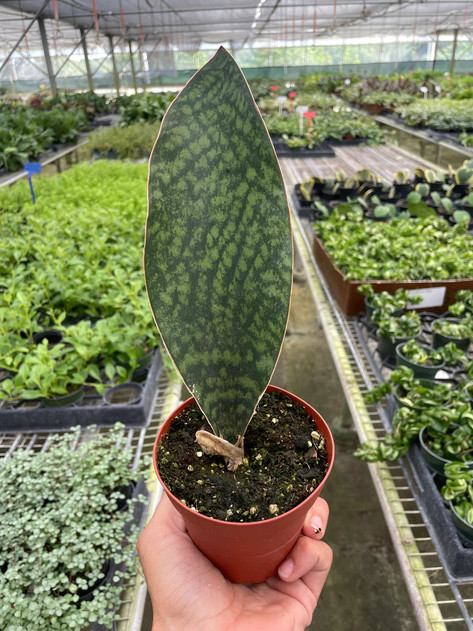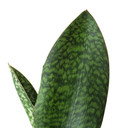Product Details
Highlights
- Botanical Name: Sansevieria masoniana
- Common Name(s): Shark Fin, Whale Fin
- Description: The Sansevieria masoniana is a type of snake plant called the shark fin or whale fin Sansevieria. This luscious beauty is not always the easiest plant to find. Its enormous leaves make it an intriguing plant that is well worth the time to give it proper care.
Benefits
Easy Care
Genus
Snake
Plant Size
Medium (6" Pot)
Type
Rare Plants


















